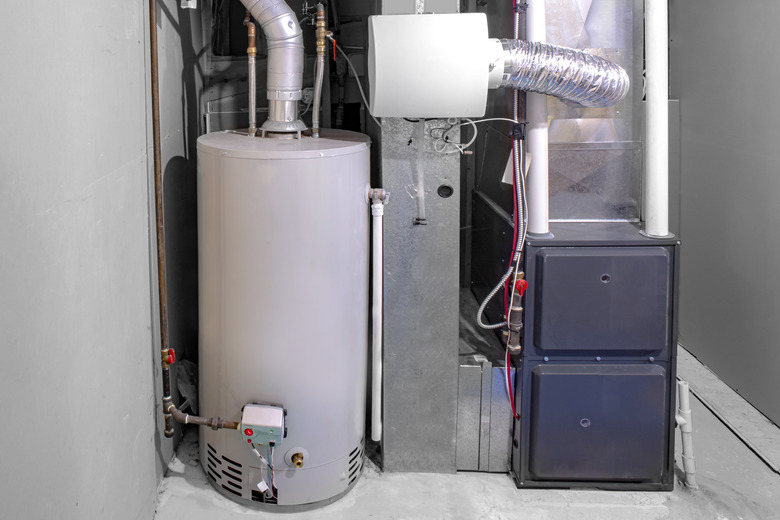How To Fill A Hot Water Heater
We may receive a commission on purchases made from links.
There are several reasons you would want to fill a hot water heater: It could have had a leak and the water level is low; you might have had repairs done for which you needed to drain the appliance; you may be flushing the water heater as part of regularly scheduled maintenance; or you may be installing a new water heater. Whatever the reason, you must follow proper procedure to fill the water heater correctly and keep it working the way it should.
How to Fill a Hot Water Heater
1. Shut Off the Power to the Water Heater
Turn off the gas valve or shut off the electricity breaker that powers the water heater. Shut the cold water valve.
2. Connect a Hose and Open the Valve
Connect a hose to the drainage valve for the purpose of routing water outdoors or into a drain. Open the drainage valve (usually by turning it counterclockwise).
3. Turn On the Hot Water Faucet
Locate a hot water faucet somewhere in the house and open it or turn it on to let air inside. Shut the drainage valve.
4. Begin Filling the Water Heater
Turn on the cold water to begin the process of filling the water heater.
5. Check the Flow and Restore the Power
Wait until you notice a steady flow of water from the hot water faucet; this is an indication that the tank is full. Restore the power.
How to Flush and Refill a Hot Water Heater
1. Shut Off the Power and Drain the Water Heater
Turn off the gas valve or shut off the electricity breaker that powers the water heater. Connect a hose to the drainage valve located at the bottom of the appliance. Run the hose into a drain or outside; the water from the water heater will drain through it. Close the cold water valve.
2. Open the Valves
Open the valves for pressure and temperature relief (these are located on top of the water heater). Open the drainage valve and let the water drain out. When the water begins to flow, you may notice some particles — these are either sediment or scale and are normal.
3. Close the Valves and Disconnect the Hose
Close the drainage valve, disconnect the hose, and close the pressure and temperature relief valves located on top of the water heater when the flow of water ceases.
4. Turn On the Water
Turn on a hot water spigot in the house. Open the cold water valve and listen for the water heater to start filling. Turn off the faucet when a steady flow of water starts to come out of the opened hot water faucet.
5. Restore, Recover, and Recheck
Restore power to the water heater and allow the appliance to recover. Recheck and tighten the drainage valve.
Tip
Flushing will not remove all sediment, but routine flushing will help prevent excessive buildup inside the water heater.
It's usually recommended that you flush a water heater at six-month intervals, but it's a good idea to do so more often in areas with hard water.
Warning
The water inside a water heater is extremely hot. Take precautions, such as wearing eye protection, and stand back from the drain hose to avoid scalding.
Constantly monitor the water heater while flushing and refilling.
